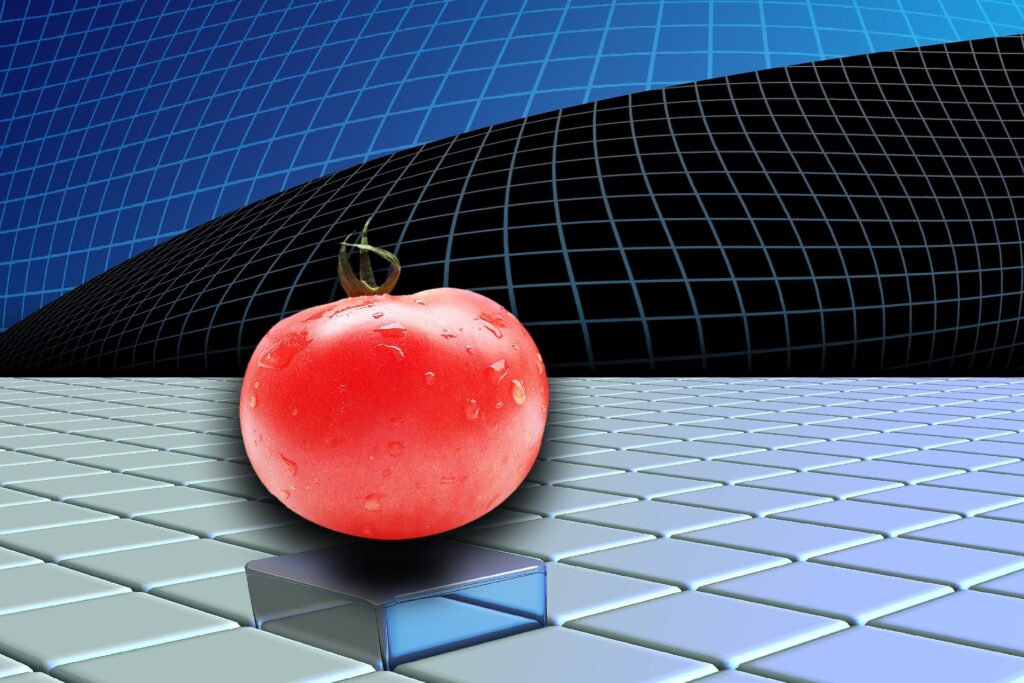
Burger-and bratwurst-flipping robots officially became a thing in 2017, but there is much more to come in the years ahead when we think about the potential applications of artificial intelligence (AI) and other cutting-edge technologies to the future of food production. Developments in 3D printing, cloud computing, big data, blockchain and the Internet of Things (IoT) will introduce new possibilities to the industry—with AI binding them all together and providing powerful insights to help change every facet of food production, distribution and retailing. So, what transformations for food and beverage production could occur in the aftermath of various bursts of innovation rising from these new technologies with seemingly magical powers?
Thinking ahead to 2025, distinct images of the future start to come into view. For example, could celebrity-inspired robochefs custom-make personalized meals based on a cloud-stored digital profile which takes into account each diner’s personal preferences, dietary issues, allergies, and health records? As a form of food manufacturing, personalized food could be achieved with 3D printing, with the factory providing the ingredients with the food then printed in the consumer’s home or a local food fabrication centre – which could be anything from a school kitchen to your local cafe. This form of future food production would create opportunities for manufacturers to interact with consumers more directly, perhaps using blockchain to eliminate the information loss that normally occurs through layers of middlemen like transport and retail.
Self-driving trucks and autonomous drones for food transport and urban vertical gardens could help meet the rising food demands of the future – extending the manufacturers’ reach in previously unimaginable ways. Virtual reality and augmented reality also offer unconventional access to consumers from the manufacturing side—simulated taste, smell and even touch may soon become part of the food and drink experience. The ability to test new ideas and access new markets in mixed reality is a huge new opportunity for food and drink manufacturers. Picture the scene, the consumer creates their ideal meal – including taste, smell, touch and visual presentation. The food is then robo-picked from the manufacturer’s town centre based vertical farm, the meal is prepared by the robo-chef in the back of the autonomous delivery vehicle and then transported and flash heated by a drone that literally places the meal on your dining table. Every technological element of this scenario is there now or will be within a year or two at the outside.
By Rohit Talwar, Steve Wells, April Koury, Karolina Dolatowska, Maria Romero and Alexandra Whittington at Fast Future
ABOUT FAST FUTURE
Rohit and his colleagues are futurists with Fast Future who specialise in studying and advising on the future of business, and in particular manufacturing, hospitality and healthcare. Fast Future also publishes books from future thinkers around the world exploring how developments such as AI, robotics and disruptive thinking could impact individuals, society and business and create new trillion-dollar sectors. Fast Future has a particular focus on ensuring these advances are harnessed to unleash individual potential and enable a very human future. See: www.fastfuture.com
Rohit Talwar is a global futurist, keynote speaker, author, and CEO of Fast Future where he helps clients develop and deliver transformative visions of the future. He is the editor and contributing author for The Future of Business, editor of Technology vs. Humanity and co-editor of a forthcoming book on The Future of AI in Business.








Comments are closed.